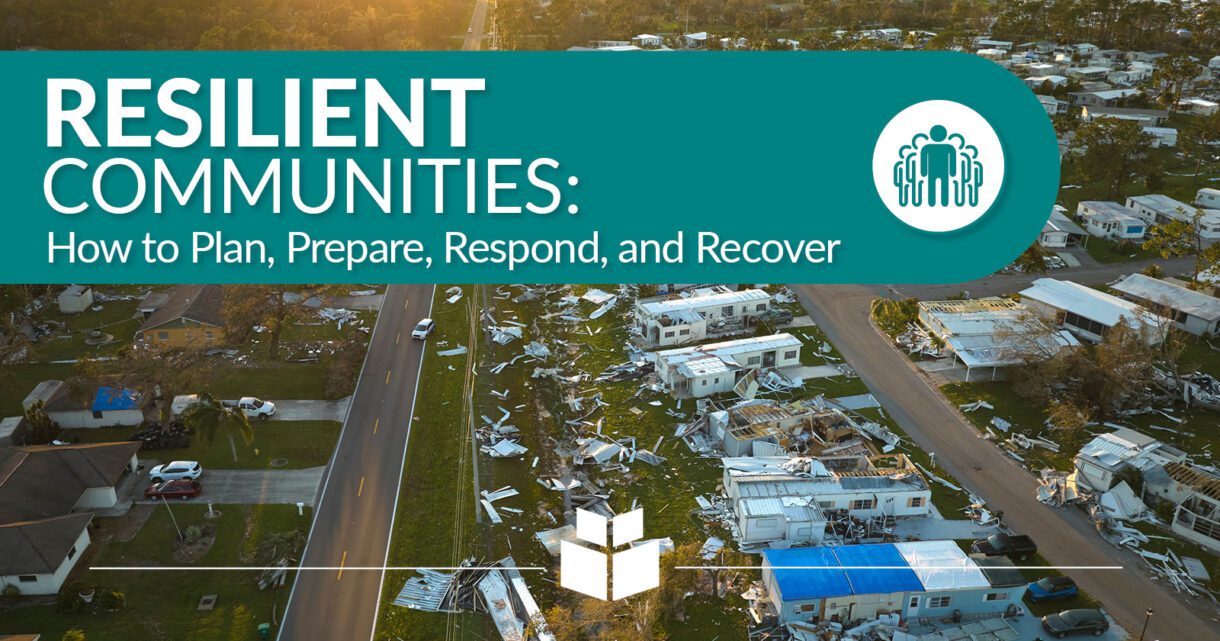
The climate is changing, and the past is no longer a good predictor of future conditions. Where once “resilience” was a quality assigned to physical materials and then to individual people, it is increasingly applied to whole communities as they face more frequent and intense natural disasters. It goes without saying that everyone would prefer to live in a place that can bounce back from a disaster—so how can local government leaders and ordinary citizens turn their cities, counties, and states into resilient communities?
Over the next several weeks, WithersRavenel will showcase proactive strategies for creating resilient communities. Our engineers, planners, modelers, and funding and asset management specialists will share their perspectives on how to plan, prepare, respond, and recover in the event of a wide array of disasters. They will discuss how to:
- anticipate events like hurricanes, floods, and fires,
- build safeguards against damage and loss,
- react and adapt quickly to changing conditions, and
- systematically return infrastructure and services to pre-disaster conditions.
They will also provide insight into the specific tools, services, and frameworks leaders can use to make their communities more resilient, as well as how to budget for and fund resiliency needs.
Follow along with us as we help communities prepare for a future that may be less predictable, but can also be more collaborative, adaptive, and resilient.
In This Series:
- All together now: How asset management, stormwater, and planning can help build community resiliency
- Climate hazard adaptation and mitigation planning: The first steps toward building resiliency for NC communities
- WithersRavenel’s drone pilots bring data and details to climate resiliency planning
- Asset inventory, management can play key role when seeking funding assistance following a disaster
- Stormwater system management and funding are integral to changing weather conditions
- The path forward: How pavement management benefits everyone
- The FEMA BRIC program is a valuable funding source for resiliency projects
